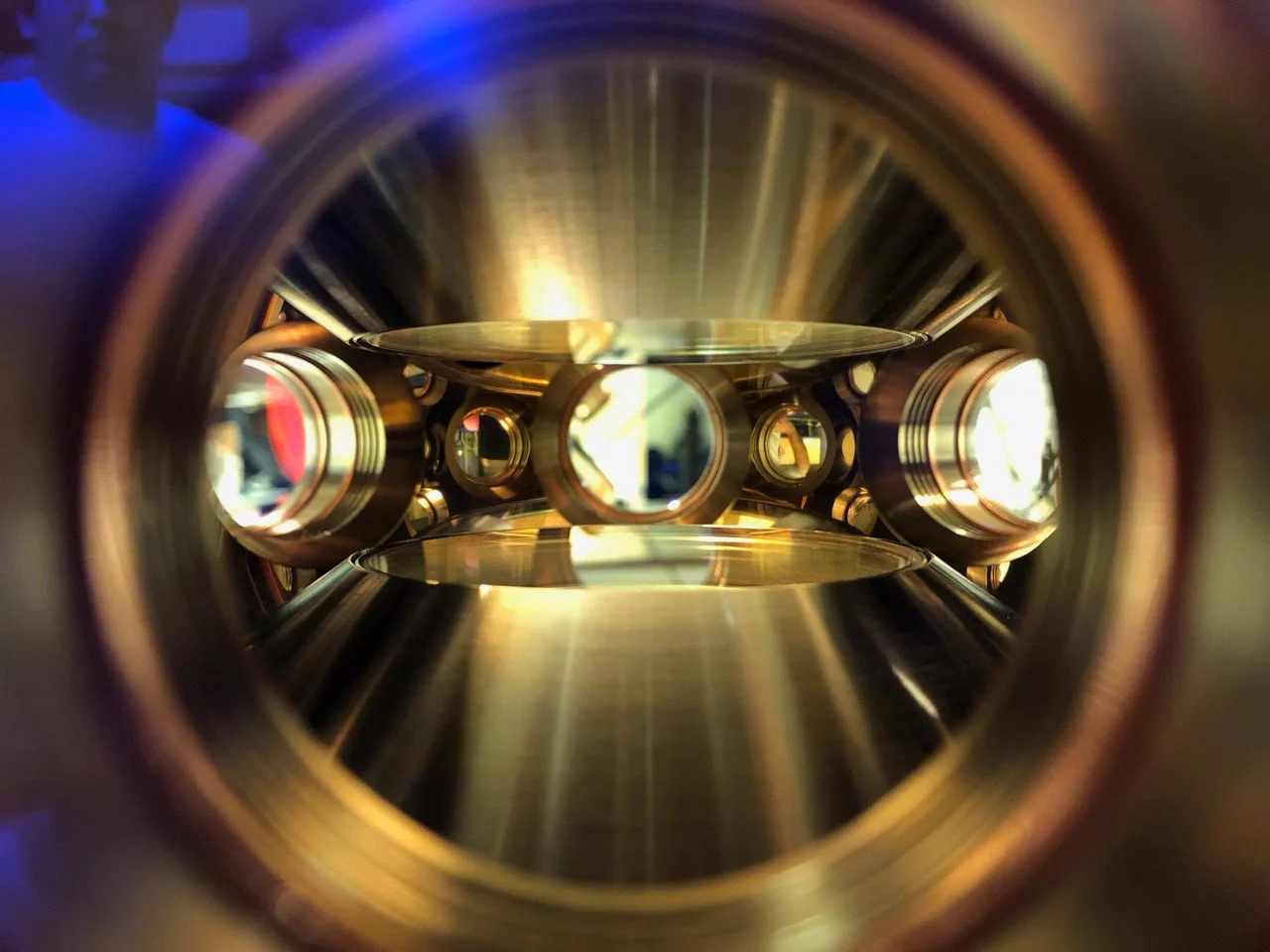Quantum Tunneling for Atom Transfer: A Groundbreaking Achievement in Physics
 Ahmed Raza
Ahmed Raza
A significant milestone in quantum physics has been achieved by a team of researchers from the Technion Faculty of Physics in Israel. They successfully transferred atoms between two points using the phenomenon of quantum tunneling, as detailed in their recent publication in Science Advances. This breakthrough sets the stage for advancements in quantum technology and its applications in computing and sensing.
Understanding Quantum Tunneling
Quantum tunneling allows a particle to pass through a potential barrier that would be insurmountable according to classical physics. Imagine a ball passing through a wall without breaking it—this seemingly impossible event is a routine occurrence in the quantum realm. The researchers utilized this principle to transport atoms between two optical tweezers, achieving unprecedented precision and control.
The Role of Optical Tweezers
Optical tweezers, pioneered in the 1980s by Nobel laureate Arthur Ashkin, use tightly focused laser beams to trap and manipulate microscopic particles such as cells, molecules, or atoms. In this experiment, three optical tweezers were aligned in series, each loaded with ultracold fermionic atoms cooled to near absolute zero.
By adjusting the distance between the tweezers, the team controlled the tunneling rate, enabling atoms to transfer seamlessly between the two outer traps while leaving the central trap largely unoccupied.
The Physics Behind the Transfer
An intriguing aspect of the experiment is the absence of atoms in the central tweezer during the transfer. This outcome arises from the interference of quantum waves describing the atoms. As the atomic wave packets spread and overlap across the three tweezers, constructive interference enhances the likelihood of the atoms being found in the first and third tweezers. Simultaneously, destructive interference suppresses their presence in the central tweezer, enabling an efficient and fluid transfer.
Implications for Quantum Technology
This achievement underscores the potential of optical tweezers as platforms for conducting quantum experiments. Precise control over atomic tunneling opens up possibilities for developing advanced quantum devices, such as ultraprecise sensors and next-generation quantum computers.
The ability to manipulate atoms with such finesse represents a leap forward in the exploration of quantum phenomena. It paves the way for further innovations that could redefine fields ranging from secure communication to high-performance computing.
The Road Ahead
As research in quantum mechanics and its applications accelerates, the success of this experiment highlights the importance of fundamental physics in driving technological progress. While challenges remain, the potential benefits—from revolutionizing cryptography to enabling quantum simulations—are vast and transformative.
This groundbreaking work not only advances our understanding of quantum mechanics but also demonstrates the limitless potential of harnessing the power of the quantum world.
Subscribe to my newsletter
Read articles from Ahmed Raza directly inside your inbox. Subscribe to the newsletter, and don't miss out.
Written by

Ahmed Raza
Ahmed Raza
Ahmed Raza is a versatile full-stack developer with extensive experience in building APIs through both REST and GraphQL. Skilled in Golang, he uses gqlgen to create optimized GraphQL APIs, alongside Redis for effective caching and data management. Ahmed is proficient in a wide range of technologies, including YAML, SQL, and MongoDB for data handling, as well as JavaScript, HTML, and CSS for front-end development. His technical toolkit also includes Node.js, React, Java, C, and C++, enabling him to develop comprehensive, scalable applications. Ahmed's well-rounded expertise allows him to craft high-performance solutions that address diverse and complex application needs.